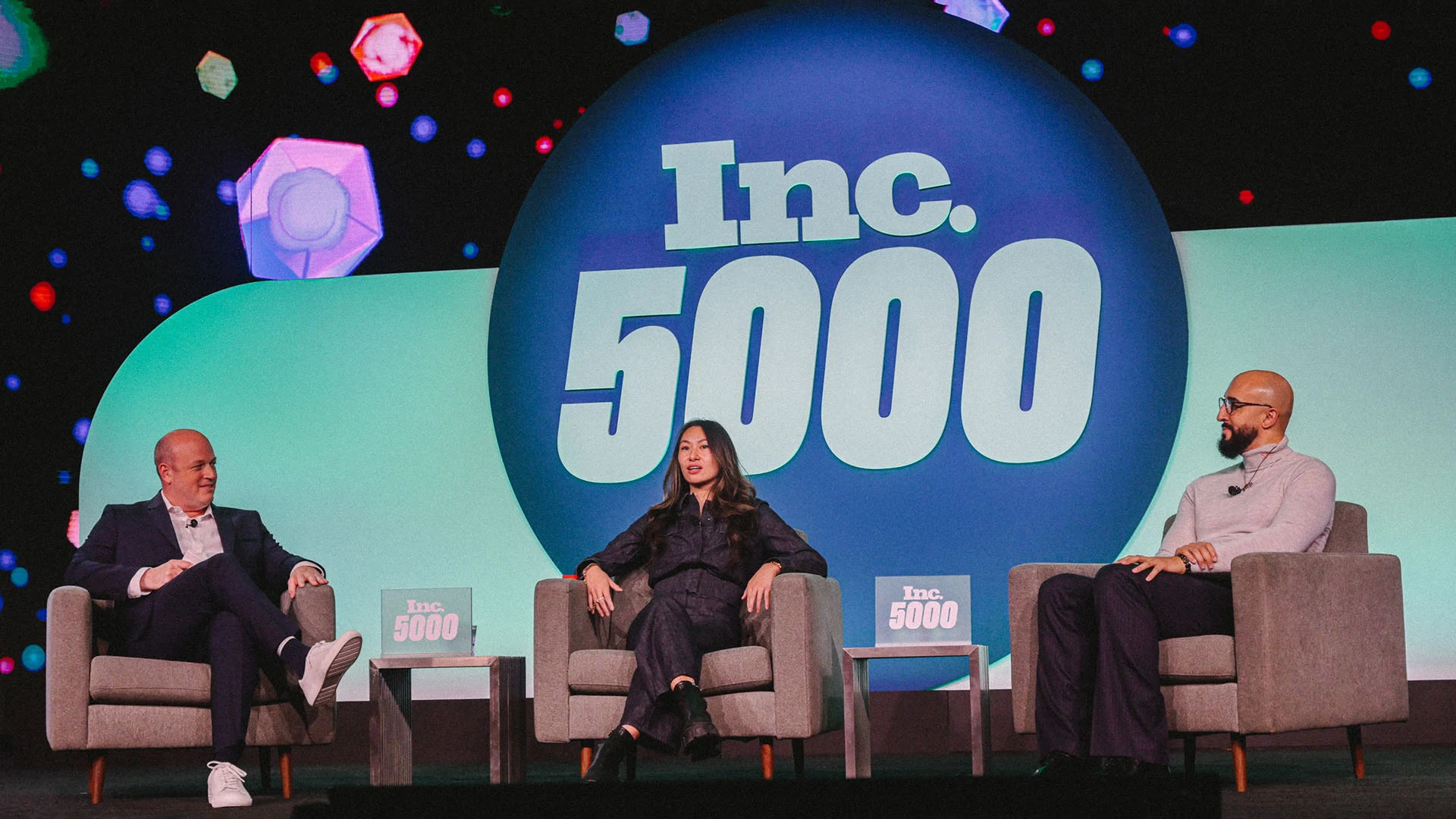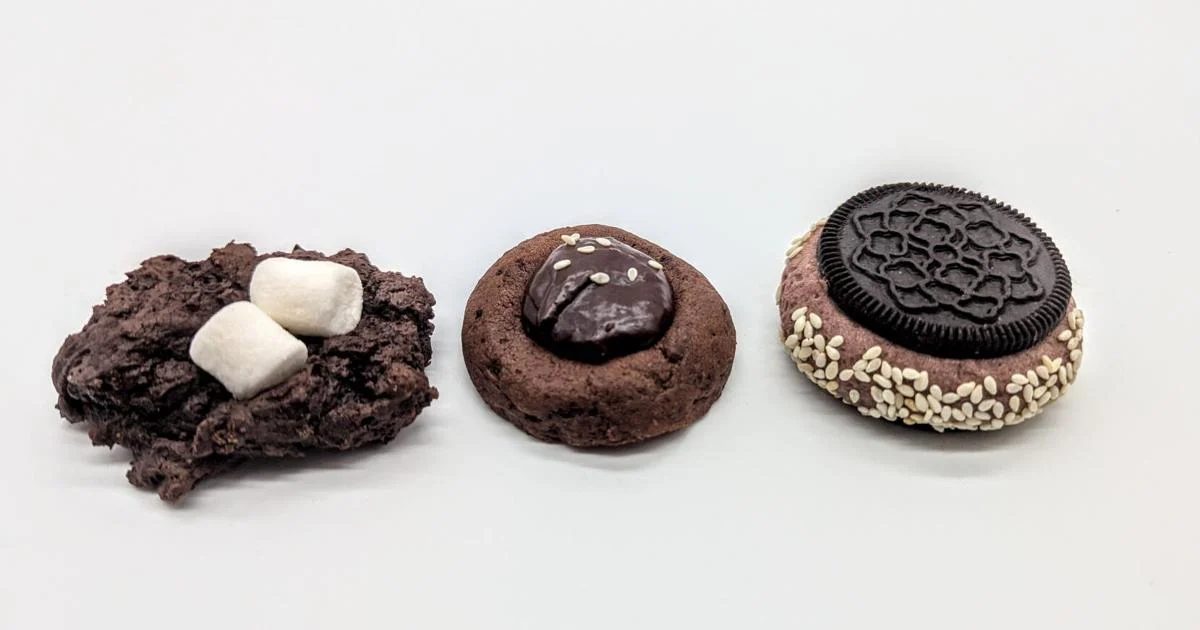Copyright Inc. Magazine

For the first time maybe ever, it’s now possible to scale a startup to unicorn status with fewer than ten employees. So says Lucy Guo, the co-founder of Scale AI, a multibillion dollar data-labeling company, and the current founder and CEO of Passes, a creator economy fan engagement platform. Last week, Guo joined Alphonzo Terrell—former head of social and editorial at Twitter, and co-founder and CEO of Black-owned social media platform Spill—onstage at the 2025 Inc. 5000 conference in Phoenix for a panel discussion, moderated by Inc. editor-in-chief Mike Hofman. The panel examined the ways that new innovations like AI, robotics, and quantum computing are disrupting industries and reshaping the future of business—and the economics of scale. “Everyone always asks me, ‘Hey, do you think [AI] is a bubble?’ And I actually don’t think it’s a bubble. And the reason why is because for the first time ever, it’s a possibility that you can have a unicorn with less than 10 employees, right?” Featured Video An Inc.com Featured Presentation “Instacorns,” are happening, says Guo, because with AI, “every employee is a 10X employee.” As a result, she adds, valuations are skyrocketing. But Guo thinks those valuations are reasonable, not a symptom of a bubble. Terrell agrees with Guo: “There is a tremendous opportunity now, with the cost of building falling, to be able to serve larger and larger audiences without the infrastructure that you needed 10 years ago. And I think every entrepreneur should take advantage of that.” In about two years, Spill reached 1 million in revenue, and 200,000 active users. Last quarter, it reached profitability for the first time. On the investor side of the table, where Guo often finds herself as the founder of early stage investment fund Backend Capital, it’s important to be selective about which AI companies get funded. “It’s just being smart about which companies you’re investing in. Are they defensible? Do they have proprietary data? Don’t invest in skyrocketing valuations on something that’s just built off a layer of a model.” For entrepreneurs seeking funding, she advises building something unique, or by building a solution that would take a copycat company years to emulate. The speed and scale that’s possible with AI also means that the pace of innovation has to keep up with the pace of building. Achieving that balance often comes down to your team. “Talent is everything,” says Guo. She advises always hiring people that are smarter than you. “If you have a bad idea, but you have a talented team, I think that talented team will help you pivot into the right idea. But once you hire people that aren’t as talented, the standard just drops.” With Passes, Guo says, she chose to hire young people who were really willing to get their hands dirty. That includes hiring a competitive programmer as her CTO, because “Competitive programmers are the best. They’re just absolutely cracked.” For Terrell, balancing growth with innovation has meant shedding outdated frameworks, going back to basics and staying close to the customer. He said the first problem to solve when building Spill, was understanding the problems that couldn’t be solved at a scaled organization (like Twitter). “We all are very familiar with social media, sort of the ills, the hate speech, the harassment—but also the lack of credit and rewards for creators, which has been a big issue across all the platforms, frankly, for a long time. And so we looked at first and foremost, how do we build for the communities? The Spill team started by addressing the biggest problems first—hate speech and harassment, something that Twitter attempted to fix, but never fully solved in its pre-Elon Musk/X days. The Spill team worked with the “best trust and safety experts in the field” to design what Terrell calls the most progressive community guidelines in the industry. We name that you’re not going to harass black people, queer people, women, immigrants, or just generally not be an asshole. How about that? That’s just sort of the base guideline.” From there, Spill built large language models for content moderation—technology that didn’t really exist two decades ago at the dawn of the social media age. Compared to those legacy platforms, Terrell says, Spill has 66 percent less hate speech or violations of guidelines. The end result of Spill’s innovation is the next generation of social media—a paradigm shift that presumably allows Terrell and his team to go beyond problem solving, and to spend more time building things that customers want. One such thing is a feature called Tea Party—the ability to start a live group chat around a trending topic. “I think those communities have always been popping on every single platform that existed. They just weren’t built for, they weren’t protected and they weren’t credited. So that’s where we started,” says Terrell. So what’s next for these young innovators? Guo is bullish on AI, and with Passes, sees the technology being helpful to individual creators, if not the creator economy as a whole. “I do think the future of AI for creators is licensing out their likeness. Because what AI does best is help humans scale their time and be more efficient. And right now, if a creator wants to work with a brand, it’s an entire production. They might have to fly out and spend a week and the brand has to spend money getting cameras, hair, makeup, and editing.” If creators license their image to brands, both creators and brands save time and money, she argues. As for the future of social media? “The old folks are clearly cracking,” says Terrell, noting that legacy platforms are hemorrhaging users. He argues that these platforms lack the vitality and energy to create new culture, trends, and identities, and in fact that people are craving the “social” in social media—real human connection—more than the content and “media” part. “In some ways,” he says, “what’s old is new again.” And for the readers out there who want to get in on one of the most innovation-ripe eras in recent history? Start building. “I think the main lesson, and this has been since the very beginning since I was hacking things, is you should just do things and build it,” advises Guo. “I think what I’ve learned is that people, if they want to use something, if it’s buggy, that’s fine. It doesn’t need to be perfectly designed. You have to design it like 90 percent. And then if it happens to be working, then just iterate and make it better.”



